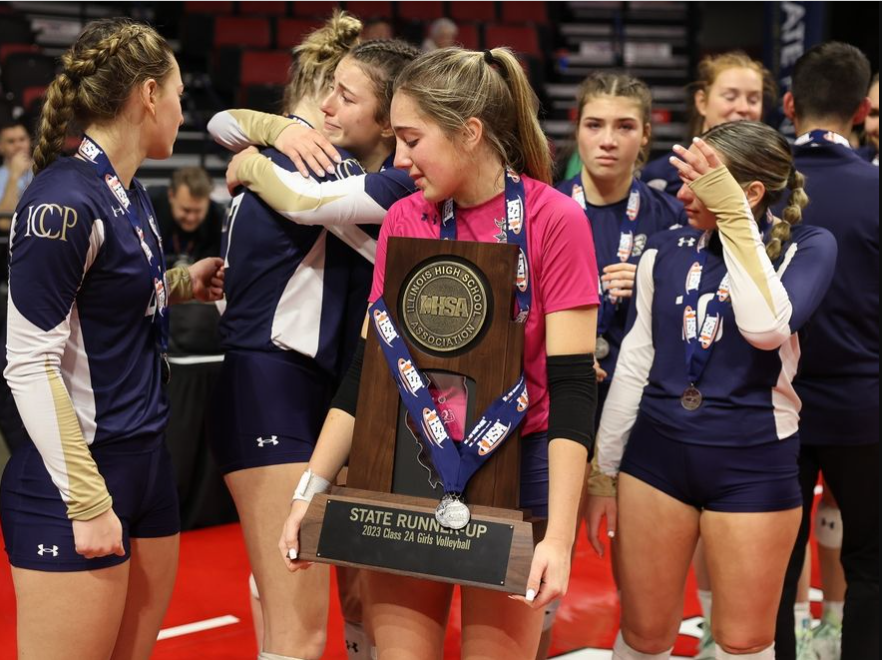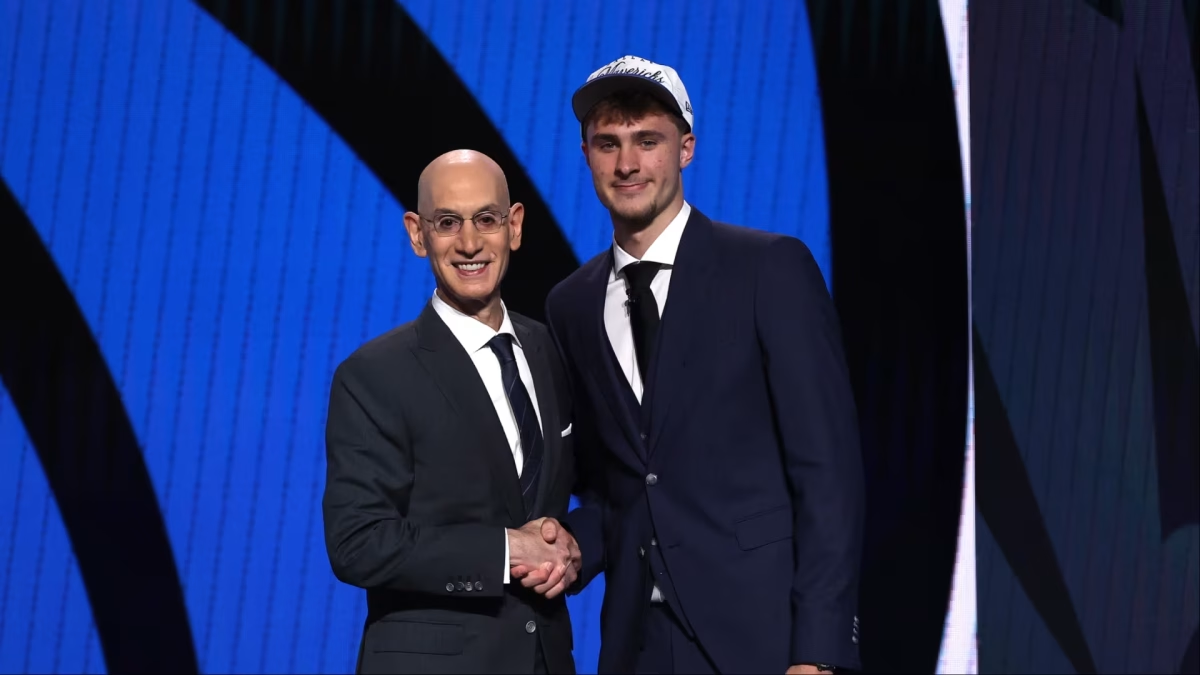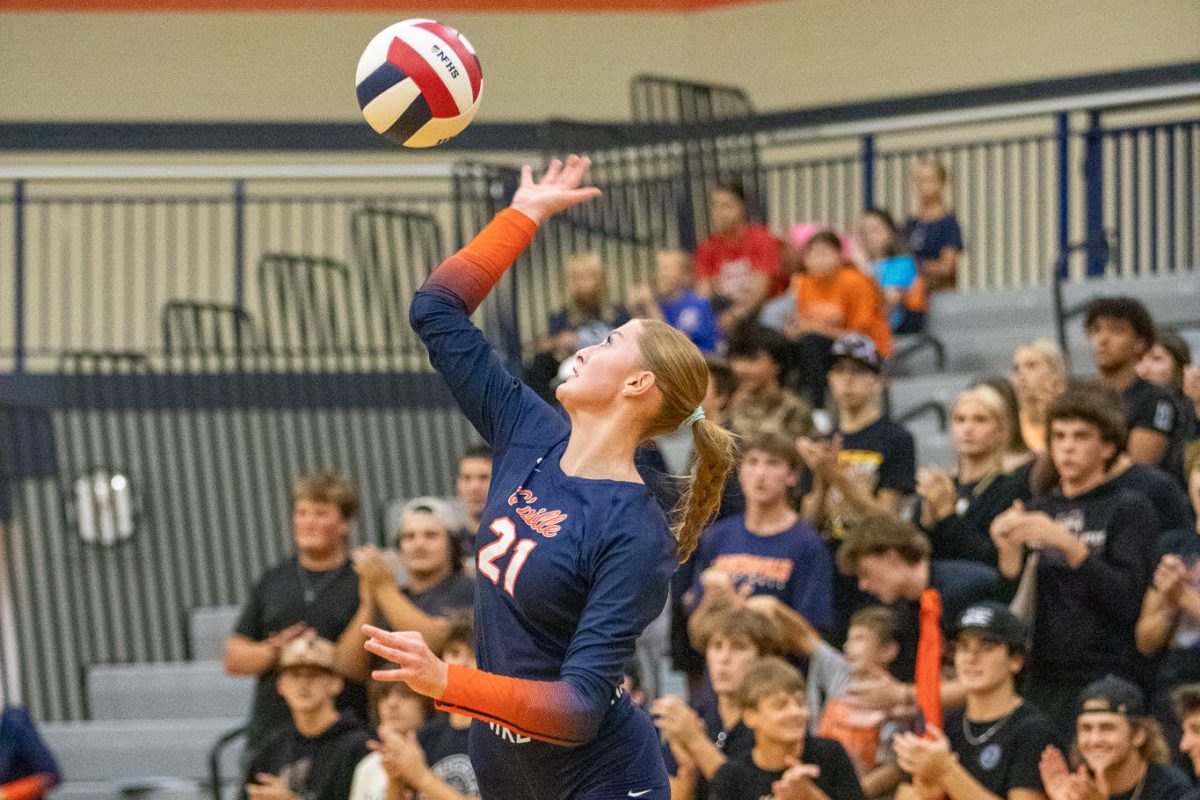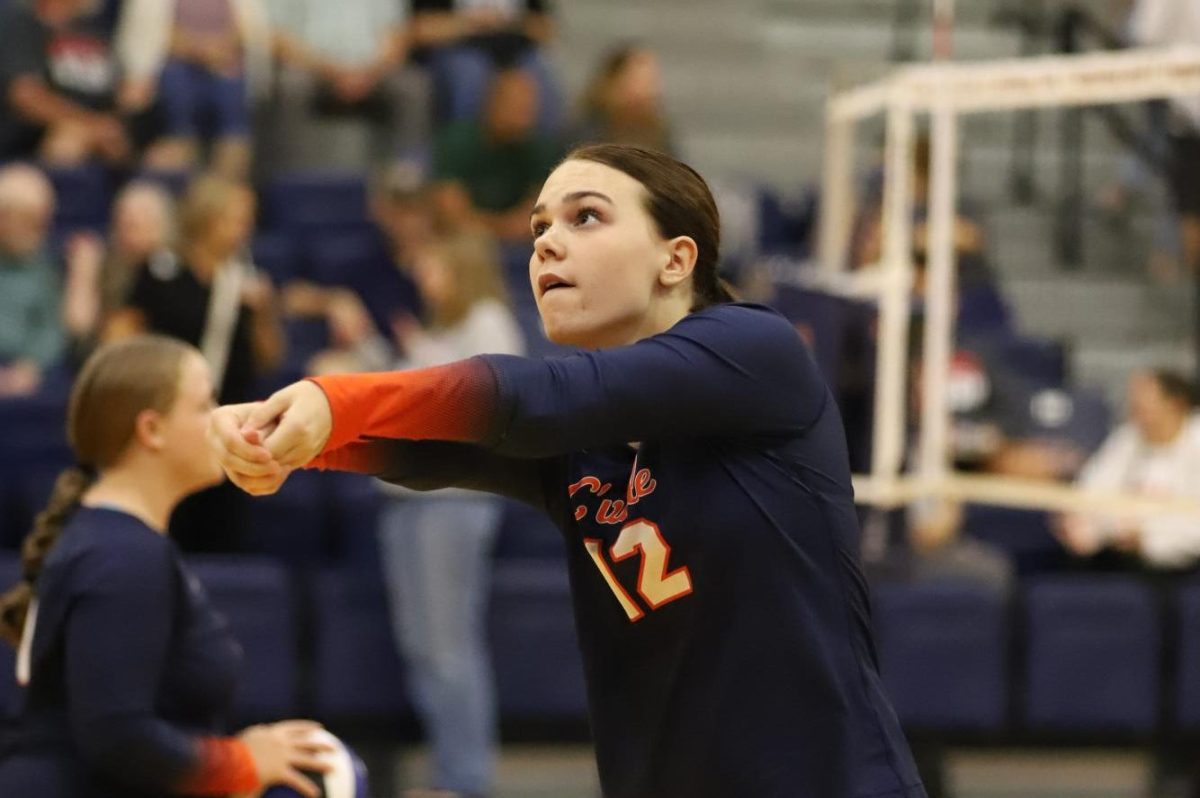Should public and private schools play school sports in the same divisions? This question still challenges our ideas of opportunity and fairness in Athletics and causes intense debate. The competitive advantage of private schools is overpowering and should be evened out. Private schools compete against public schools to compete for a state championship. This creates a competitive advantage due to the fact that private schools are not limited to the kids that enroll in their school; therefore, they can “recruit” players from outside of their school district to their sports teams through “scholarships” or reduced tuition. On the other hand, public schools have to work with the students who live directly within the boundaries of the respective school district. Public sports face a significant disadvantage compared to private schools because of the superior resources, funding, and facilities of private schools, which arguably improve the quality of student-athletes.
The question of whether private schools should play in the same divisions as public schools is a topic that creates ongoing debate between educators, athletes, and parents. The solution to this problem may alter depending on precisely what the problem is. Creating two playoff tournaments, one for private and one for public, is one recommendation that was made to solve this problem. This proposal could calm worries regarding the inequalities in the different school rules. At the same time, others may think that rules like limiting recruiting should be implemented to maintain a level playing field. These rule changes could also address inequalities and allow the teams to compete against each other without the overbearing rules of private schools.
Making the two schools compete in respective divisions would leave more than one state champion. Doing so could confuse everyone, not knowing who the real winner is and not showing the spectators who the best in the state is. Athletic governing bodies like the IHSA could install rules to ensure there are no competitive advantages for private schools over public schools. Some of these rules include implementing performance-based classifications, making equal eligibility rules, conducting regular investigations to ensure schools comply with IHSA guidelines, and creating transparency within outcomes, scholarships, and resources, a necessity that must be reported. By putting these policies into place, private schools will be able to compete on the same grounds as public schools. The games between the two types of schools would be more fair if they were not run off the rules in the private school system.
Concerns over fairness and the competitive balance of sports involving private schools playing public schools have been raised in several surrounding states, including Indiana. Several states have put regulations and competitive balance strategies in place in response to the uprising in these complaints. Some of these strategies include dividing public and private schools into entirely different categories. While many states have struggled with this topic, Indiana took it upon itself to make all sports have a reclassification every two years based on that team’s past tournament success. With this in place, small private schools with limited enrollment cannot recruit good players, play other small schools, and win the state championship yearly. However, this affects more than just private schools. It also involves public schools, which means the team plays the best competition and makes for better seasons due to the better quality of games.
It is essential to acknowledge the opposing viewpoint, which argues that private schools should compete in the same division as public schools. The reason is that it is unfair to the athletes, and they should be allowed their opportunities. While this is important because it supports open competition, you have to look at it from the perspective of someone who had their season ended by a team of transfers who took advantage of private schools’ open enrollment. Another argument is that private schools won’t play the top competition necessary for them if they are moved into a separate post-season tournament. And in response to that, the teams could still play public schools during the regular season.
In conclusion, there is a lot of debate surrounding the controversy of if private schools should compete in the same divisions as public schools. There are many ways to avoid the inequality of the private schools, like having each team compete in separate post-season tournaments. This would make things fair by making the teams avoid each other altogether so there are no unfair rules for either team. The second one is making rule changes so that both teams have to abide by the same requirements so no one has the upper hand. The main lesson is that we need to continue talking about this matter and be willing to adjust our approaches and guidelines. Since every team is different, we must find solutions that will work for them.










